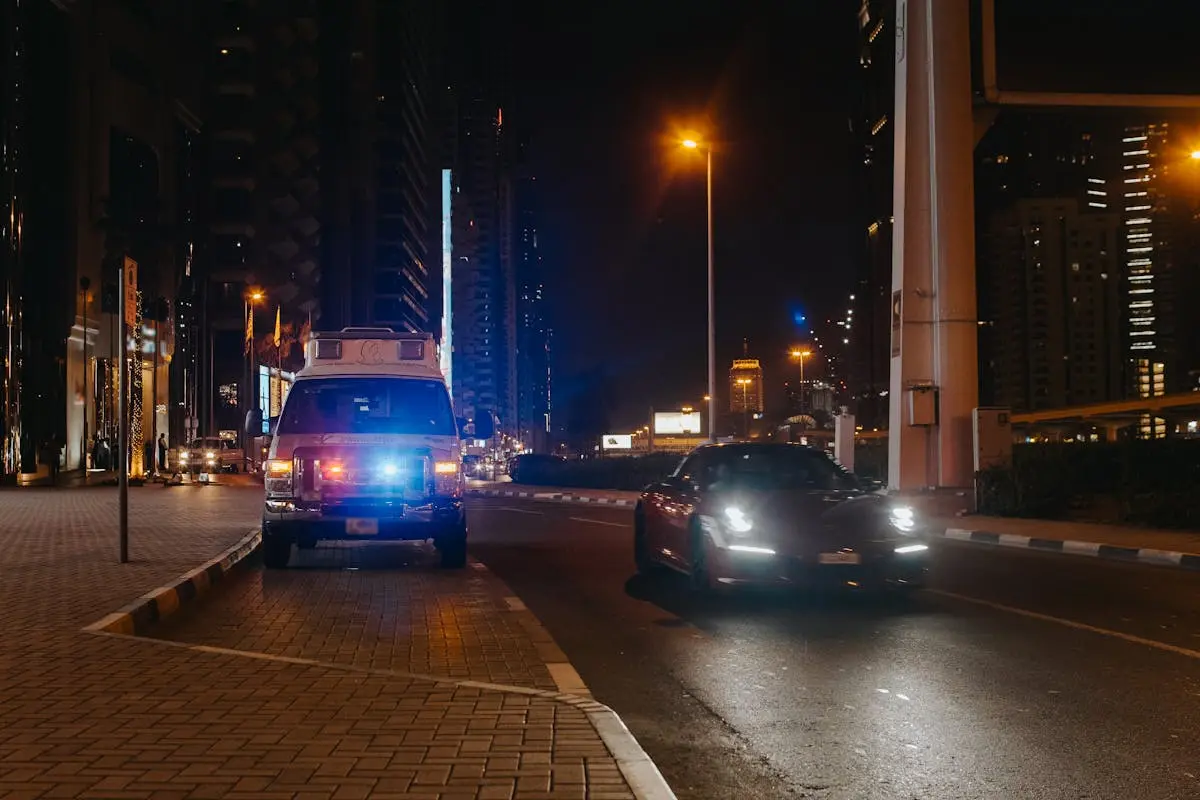Can Idle Mitigation Reduce Carbon Emissions?
As we become more aware of our environmental impact, reducing carbon emissions has become a crucial goal. One practice that is gaining attention is idle mitigation. But what is idle mitigation, and can it really help reduce carbon emissions? In this FAQ blog, we’ll explore these questions and provide some clarity on how this practice can contribute to a cleaner environment.
What is Idle Mitigation?
Idle mitigation refers to practices aimed at reducing the time vehicles spend idling, thereby cutting back on unnecessary fuel consumption and emissions. This strategy includes behavioral changes like turning off engines when parked and technological solutions like automatic engine shutdown systems.
The concept of idle mitigation has gained traction in recent years as more people recognize its potential for environmental and economic benefits. With the transportation sector accounting for a significant portion of energy use and emissions, reducing idling becomes a critical step toward a more sustainable future.
How Does Idling Affect Carbon Emissions?
When a vehicle idles, it continues to burn fuel without moving. This results in unnecessary production of carbon dioxide, a major greenhouse gas. Reducing idle time can significantly decrease these emissions, making it an effective strategy for lowering a vehicle’s overall carbon footprint.
It’s important to note that idling also contributes to other forms of pollution, such as particulate matter and nitrogen oxides. By embracing idle mitigation, such as the innovative hPower system, emergency vehicles not only cut carbon emissions but also help to create cleaner air by minimizing the output of these pollutants.
What Are the Benefits of Idle Mitigation?
Beyond reducing emissions, idle mitigation also consumes less fuel, leading to cost savings for individuals and businesses. Additionally, engines that idle less tend to have longer lifespans due to reduced wear and tear.
The economic advantages of idle mitigation are compelling. For example, the Harrison hPower system has customers saving over $90k by decreasing idle fuel consumption and maintenance costs. These savings can lead to a quick return on investment, making smart idle reduction technologies financially attractive.
The reduced wear on engines from minimizing idle time translates to less frequent maintenance needs and a prolonged engine life. Thus, idle mitigation practices not only benefit the environment but also enhance the operational efficiency and reliability of vehicle fleets over time. By implementing systems like fleet management technologies, companies are seeing tangible improvements in how their vehicles perform and comply with environmental regulations.
What Technologies Support Idle Mitigation?
Several technologies assist with idle mitigation, such as stop-start systems in modern vehicles, real-time monitoring systems that alert drivers to shut down engines, and greener fleet management systems that optimize idle time across multiple vehicles.
A remarkable example is Harrison hPower’s battery energy storage system, which powers essential systems without the need for the engine to run. This feature is particularly beneficial for emergency vehicles that require power even when stationary. It demonstrates how advanced battery technology can fulfill electrical demands efficiently while complying with idle mitigation standards.
Are There Any Challenges to Implementing Idle Mitigation?
While implementing idle mitigation strategies can present some initial challenges, such as upfront costs or the need to introduce new practices, these are quickly outweighed by the benefits. With our hPower system, many of these hurdles are minimized. Installation is truly plug-and-play, requiring little to no downtime, and the system operates automatically, so extensive training isn’t necessary.
For companies exploring idle mitigation, a focus on clear communication and showcasing the long-term savings and environmental benefits can encourage acceptance and adoption. Thanks to advancements in technology, such as remote monitoring and automated controls, barriers to adoption are becoming smaller every day. By choosing innovative and easy-to-implement solutions like hPower, companies can embrace idle mitigation seamlessly, creating a cleaner and more cost-efficient future.
The Impact of Idle Mitigation on Carbon Emissions
In conclusion, idle mitigation is not only a viable way to reduce carbon emissions but also offers significant economic and environmental benefits. By integrating simple practices and advanced technologies, we can all contribute to a healthier planet. Every small step counts, and adopting idle mitigation practices is a step worth considering.

